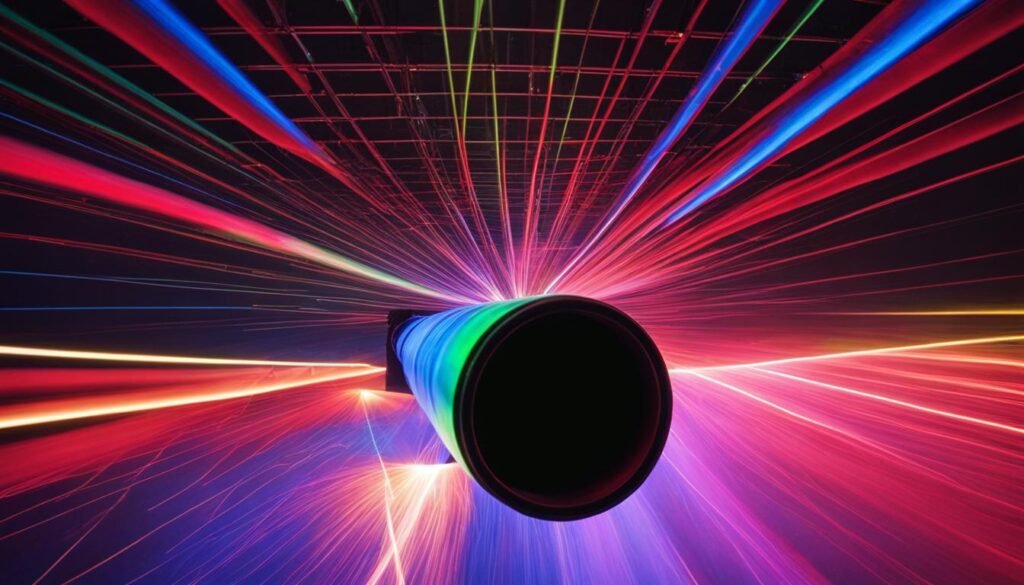Contents

Source: Brainly.in
Understanding Laser Gain Media: Three-Level, Four-Level, and Quasi-Three-Level Systems
Introduction
Laser gain media play a crucial role in the amplification of light in lasers and laser amplifiers. The characteristics of a gain medium are determined by the energy level scheme of the laser-active atoms or ions present in the medium. In this article, we will explore three-level, four-level, and quasi-three-level systems in laser gain media.
Three-Level Systems
Three-level systems are essential for laser amplification as they involve a minimum of three energy levels. These systems are characterized by the presence of a ground state, an upper laser level, and an intermediate level for pumping. The population inversion required for laser operation is achieved by pumping atoms to the upper laser level, leading to stimulated emission and positive net gain.
Four-Level Systems
In contrast to three-level systems, four-level systems have a lower laser level that is well above the ground state and quickly depopulated. This configuration results in lower threshold pump power requirements and reduced reabsorption of laser radiation, leading to more efficient laser operation. Nd:YAG is a popular example of a four-level solid-state gain medium.
Quasi-Three-Level Systems
Quasi-three-level systems exhibit characteristics between three-level and four-level systems, with the lower laser level being closer to the ground state. This proximity leads to reabsorption losses at the laser wavelength in the unpumped state, requiring a finite pump intensity for gain and laser operation.
Stark Level Manifolds
Atoms and ions in laser gain media exhibit Stark level manifolds, which can complicate the energy level structure. Laser models often consider entire Stark level manifolds, leading to temperature-dependent effective transition cross-sections and more complex energy level interactions.
Smooth Transition Between Three-Level and Four-Level Characteristics
Some gain media exhibit a smooth transition between three-level and four-level characteristics with changing laser wavelength. For example, erbium-doped glasses show strong three-level behavior at certain wavelengths but shift towards four-level behavior at longer wavelengths.
Conclusion
Understanding the energy level schemes in laser gain media is crucial for optimizing laser performance and efficiency. By exploring three-level, four-level, and quasi-three-level systems, researchers and engineers can design lasers with specific characteristics tailored to their applications.
Source: elearn.psgcas.ac.in
Feel free to comment your thoughts.



